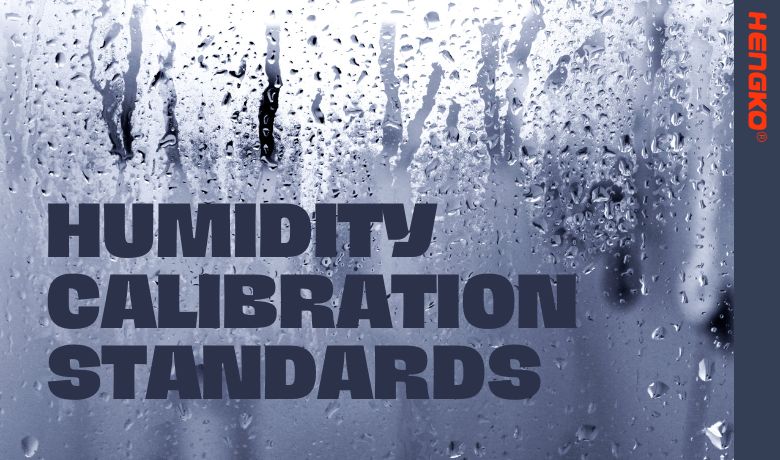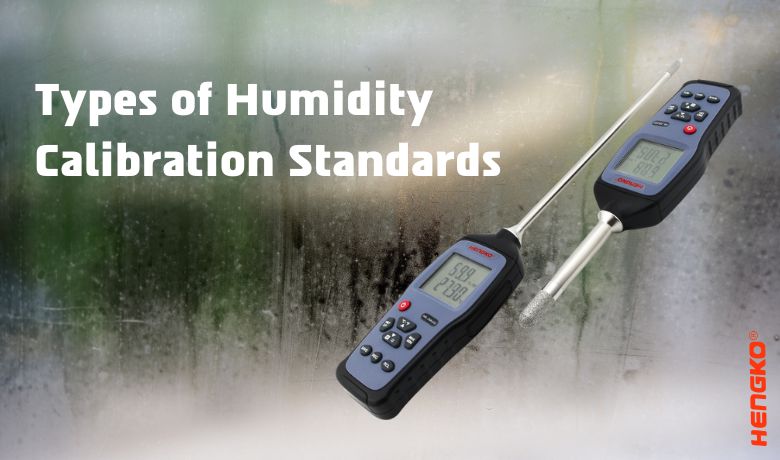What is Humidity Calibration Standards ?
What is a Humidity Calibration Standard?
A humidity calibration standard is a reference material used to calibrate and verify the accuracy of humidity measurement devices such as hygrometers and humidity sensors. These standards are used in a wide range of applications including manufacturing, environmental monitoring and scientific research.
How Does the Humidity Calibration Standard Work?
Humidity calibration standards are designed to simulate the moisture content of the surrounding air at a specific temperature and relative humidity. These standards are created using carefully controlled environments and materials to ensure they accurately reflect the humidity levels they are intended to represent.
To calibrate a hygrometer or humidity sensor, the instrument is exposed to a humidity calibration standard of known humidity level. The instrument's reading is then compared to the known humidity level of the calibration standard to determine its accuracy. If the readings of the instrument are not within the acceptable range, adjustments can be made.
Why Are Humidity Calibration Standards Important?
Accurate humidity measurement is essential in a wide range of applications from manufacturing to scientific research. Humidity calibration standards provide a reliable and accurate method for verifying the accuracy of humidity measurement equipment.
Inaccurate humidity measurements can lead to costly errors in manufacturing, environmental monitoring, and scientific research. By using humidity calibration standards, organizations can ensure that their humidity measurement equipment provides accurate and reliable measurements.
What Types of Humidity Calibration Standards Are There?
There are many types of humidity calibration standards, each with unique characteristics and applications. Some of the most common humidity calibration standards include:
1. Humidity Salt Solution
A humidity saline solution is a calibration standard made by dissolving a salt, such as magnesium chloride or sodium chloride, in water. These solutions are designed to maintain a constant relative humidity at a specific temperature. Humidity salt solutions are commonly used in environmental monitoring applications.
2. Humidity Generator
A humidity generator is a device that produces a controlled level of humidity. These devices are commonly used to calibrate humidity sensors and hygrometers in manufacturing and laboratory environments. Humidity generators can generate humidity levels from 5% to 95%.
3. Humidity chamber
A humidity chamber is a large controlled environment used to create and maintain a specific humidity level. These test chambers are commonly used in manufacturing and scientific research applications to test the performance of moisture-sensitive materials and equipment.
4. Dew Point Generator
A dew point generator is a device that produces a controlled dew point level. These devices are commonly used to calibrate humidity sensors and hygrometers in industrial and laboratory environments.
How to Choose the Right Humidity Calibration Standard?
Selecting the correct humidity calibration standard depends on several factors, including the type of device being calibrated, the accuracy and precision required, and the specific application. It is important to choose a calibration standard that closely matches the humidity level and conditions of the application.
When selecting a humidity calibration standard, it is also important to consider the reliability and accuracy of the standard. Humidity calibration standards from well-known manufacturers are generally considered more reliable and accurate than those from unknown or untested sources.
conclusion
Humidity calibration standards are an important tool in ensuring accurate and reliable humidity measurements in a wide range of applications. By using humidity calibration standards, organizations can ensure that their humidity measurement equipment provides accurate and reliable readings. There are many types of humidity calibration standards available and it is important to select the correct standard for a particular application to ensure the best results.
If you need help selecting the right humidity calibration standard for your application,
or if you have any questions about humidity measurement equipment, contact our team
of experts at ka@hengko.com. We can provide guidance and support to ensure that you
get the best results from your humidity measurements.

